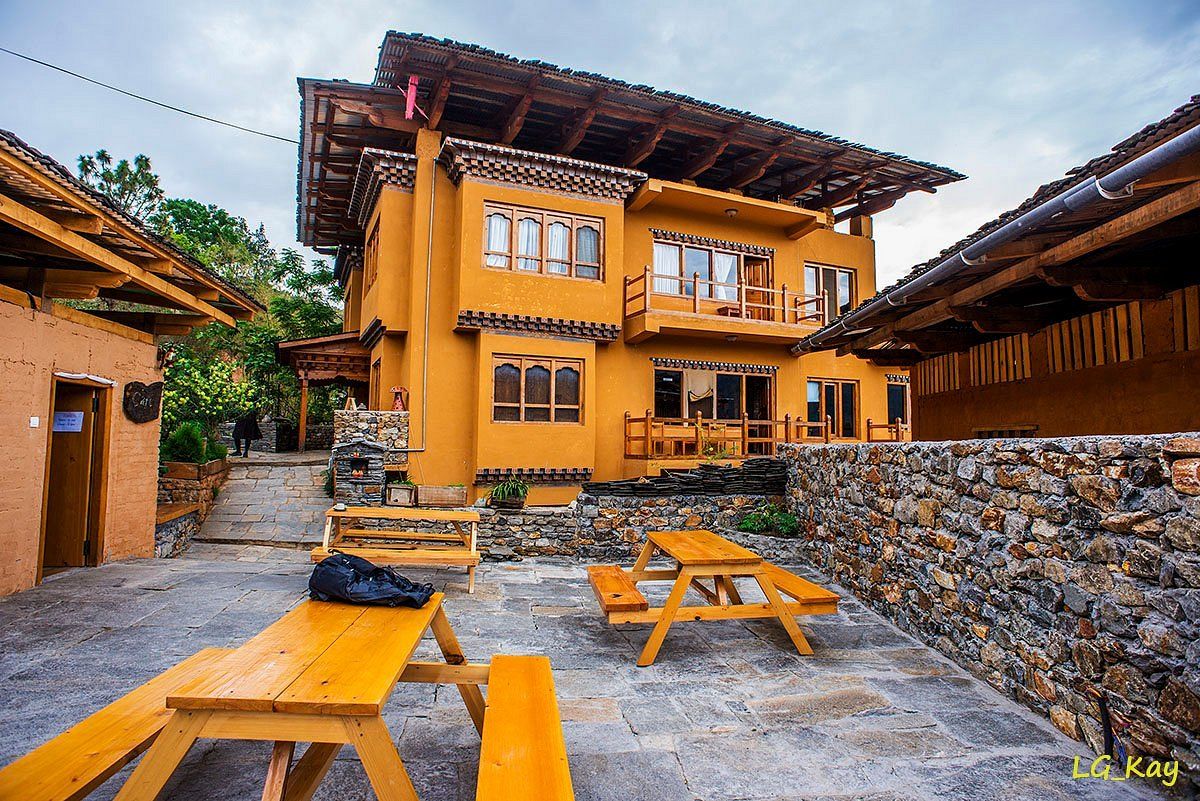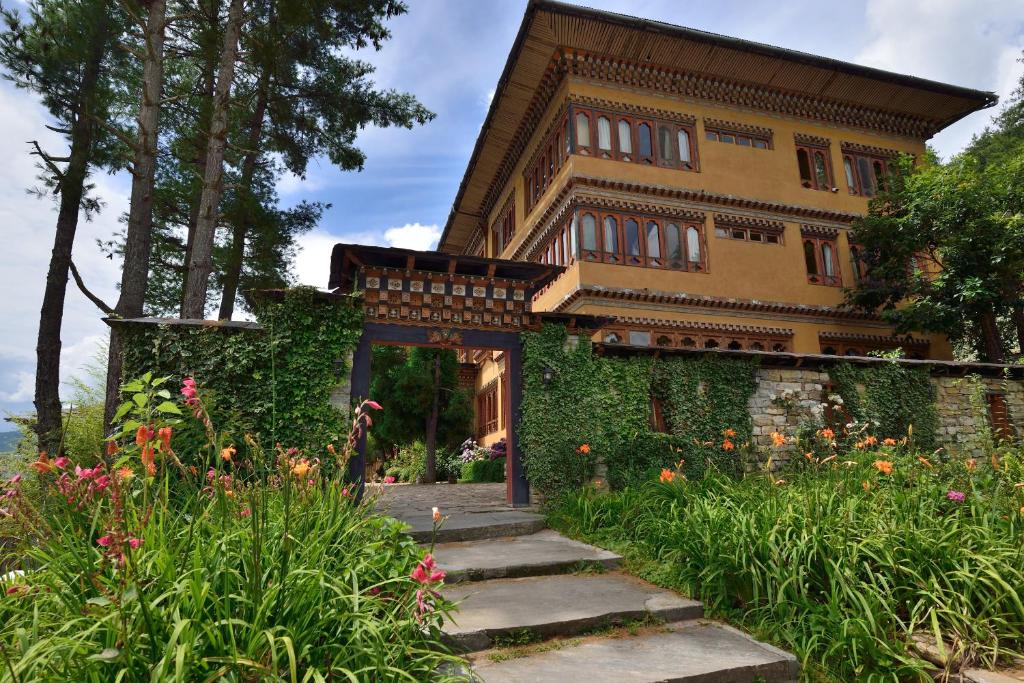Are you visiting Bhutan and are curious to learn about its different rivers and enjoy the scenery that will give you unforgettable memories and make you feel like a local, whether you go alone or with friends? Or with your family, you will enjoy very exciting and pleasant scenes in your journey which will make the people with you feel happy in which we will help you completely and it will be our responsibility to make this journey pleasant and comfortable.
1. Wong Chhu:
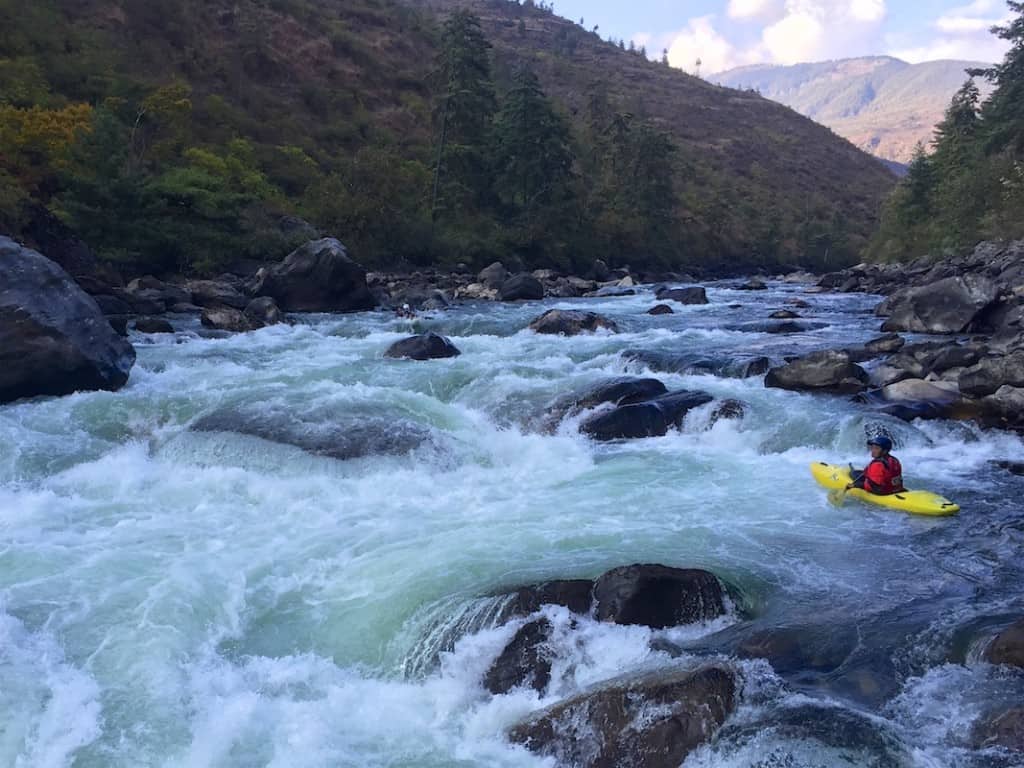
The Wong Chhu, also known as the Raidak River, is a transboundary river flowing through Bhutan, Bangladesh, and India. Originating from the Himalayan glaciers in Tibet, it traverses major valleys in Bhutan, including Paro, Thimphu, and Haa. As a popular destination for adventurous activities like rafting and kayaking, Wong Chhu offers thrilling experiences amidst stunning natural landscapes. With its importance in hydroelectric power generation, exemplified by the Tala Hydroelectric Power Station, the river plays a vital role in both recreation and industry.
2. Torsa Chhu:

Emerging from the Chumbi Valley in Tibet, China, the Torsa Chhu, known as Amo Chu in Bhutan, is the smallest river system in the country. Flowing through Bhutan’s western regions, it passes landmarks like the tea estates of Dalsingpara and the Jaldapara National Park. Renowned for its scenic beauty and diverse wildlife, including a variety of animals in the Torsa Strict Nature Reserve, Torsa Chhu offers opportunities for nature enthusiasts to immerse themselves in Bhutan’s natural splendor.
3. Kuri Chhu:
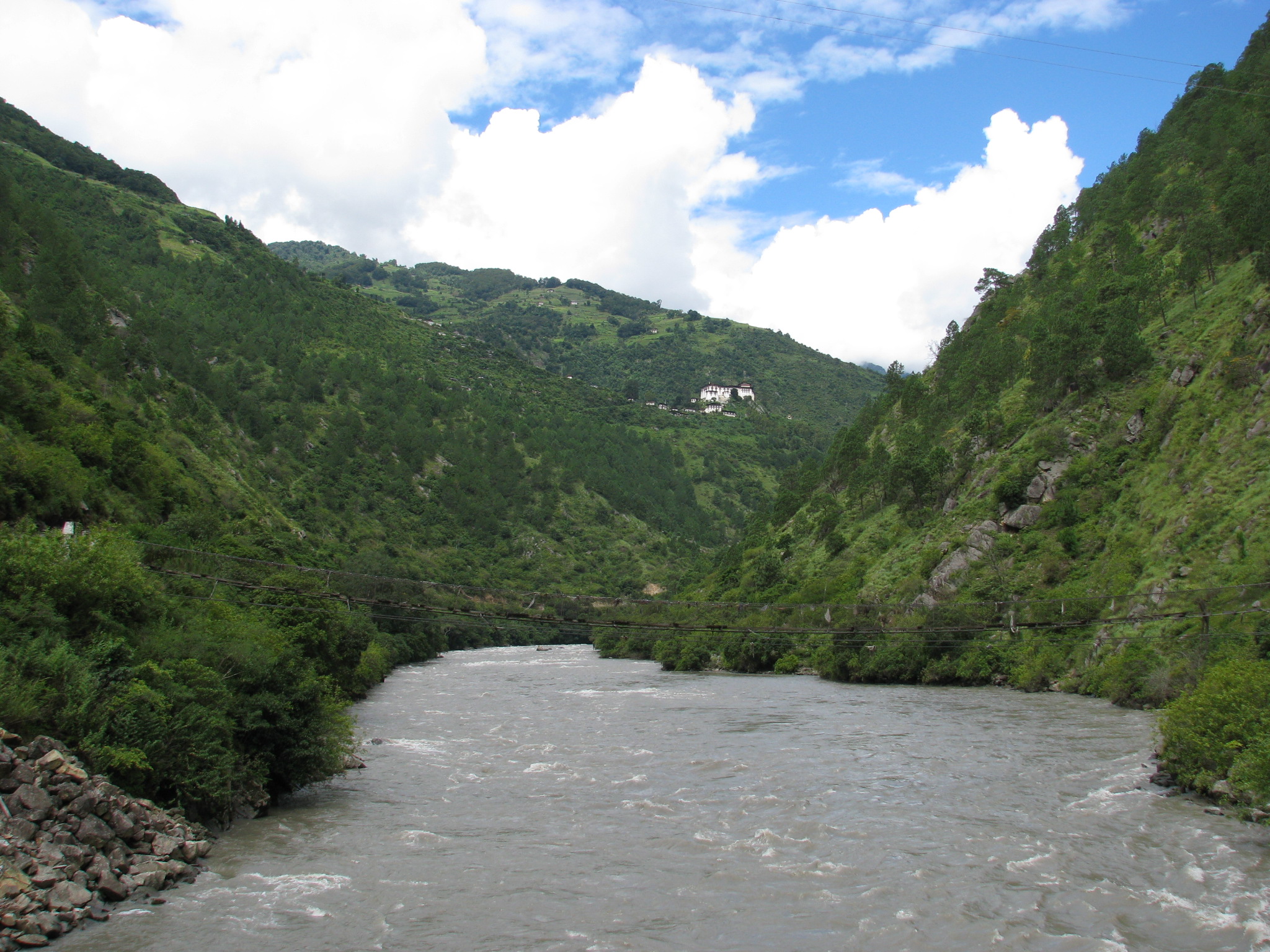
As one of the most famous rivers in Bhutan, Kuri Chhu is a significant waterway in the country’s eastern region. Surrounded by picturesque valleys and mountains, it serves as a tributary to Bhutan’s largest river. Kuri Chhu’s rapids provide an ideal setting for whitewater sports such as kayaking and rafting, attracting adventure seekers from around the world. With its network of tributaries and varied terrain, Kuri Chhu offers diverse experiences for outdoor enthusiasts of all levels.
4. Jaldhaka River:
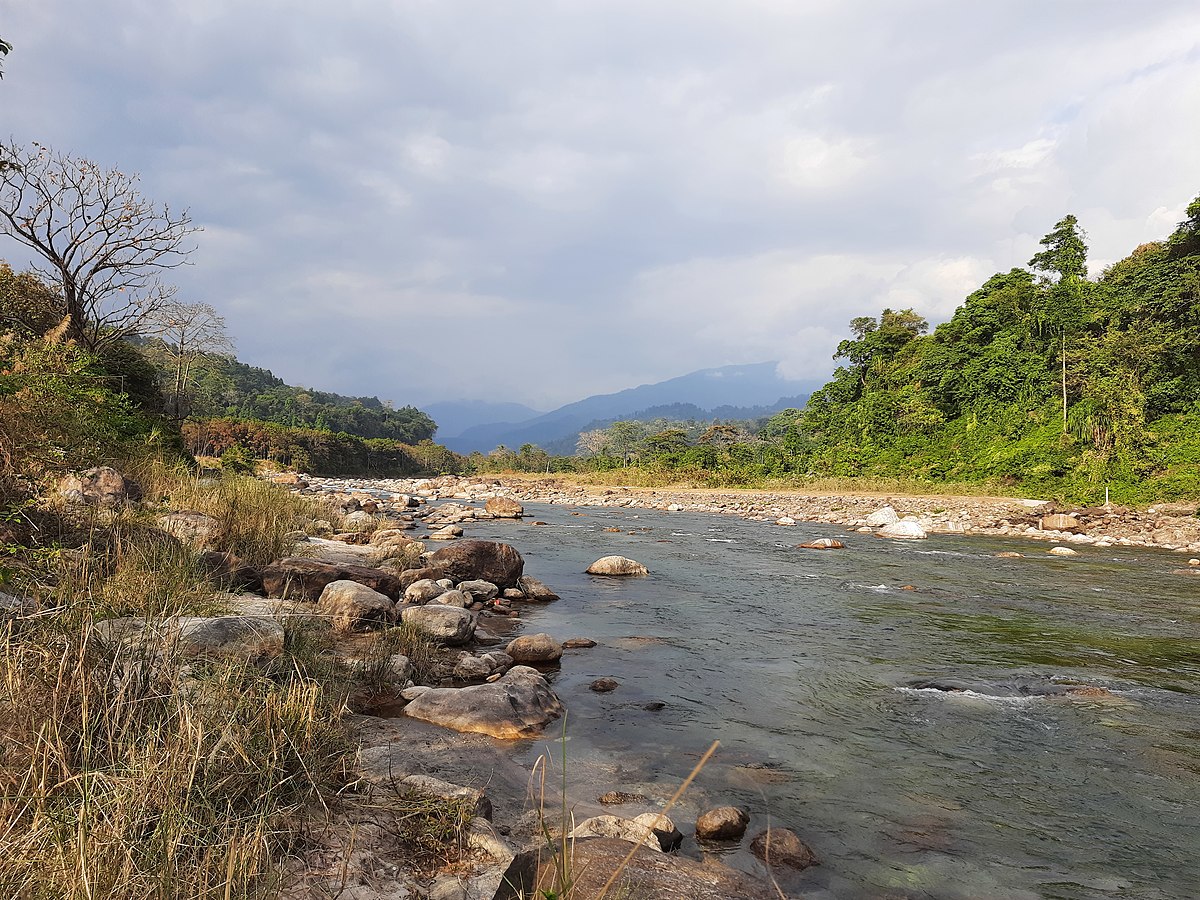
Originating from Bitang Lake in southeastern Sikkim, the Jaldhaka River, also known as Dichu River, meanders through Bhutan and the Indian states of West Bengal and Jalpaiguri. Formed by the confluence of three streams, Jaldhaka River is renowned for its biodiversity and scenic beauty. Offering opportunities for birdwatching and trekking, it invites travelers to explore its pristine surroundings and connect with nature in a tranquil setting.
5. Ha Chhu:
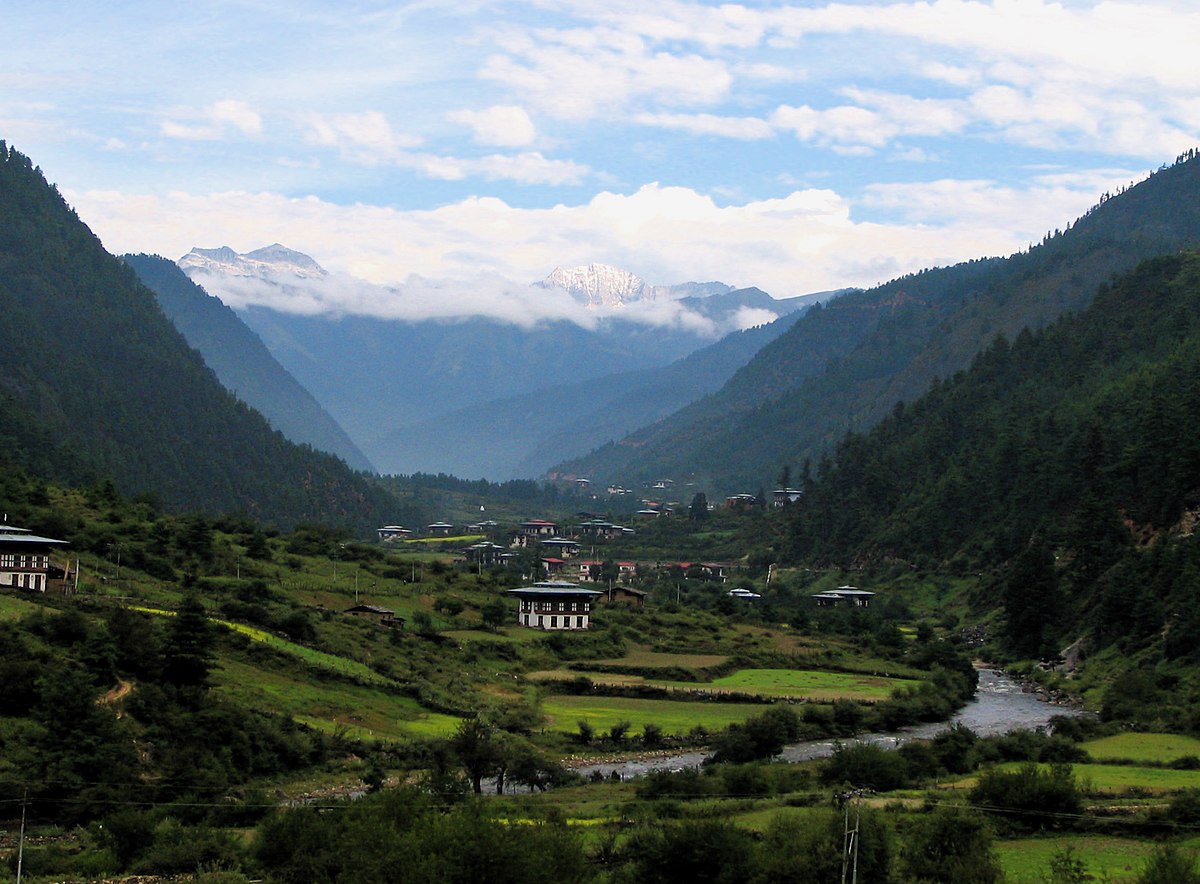
Situated in the heart of west-central Bhutan, Ha Chhu acts as a tributary feeding into the Raidak River. Originating from the southern slopes of the Himalayas, it flows through rocky landscapes and temperate forests, showcasing Bhutan’s diverse ecosystems. With its abundance of fish and unique cultural significance, Ha Chhu attracts visitors seeking both outdoor adventure and cultural immersion.
6. Paro Chhu:
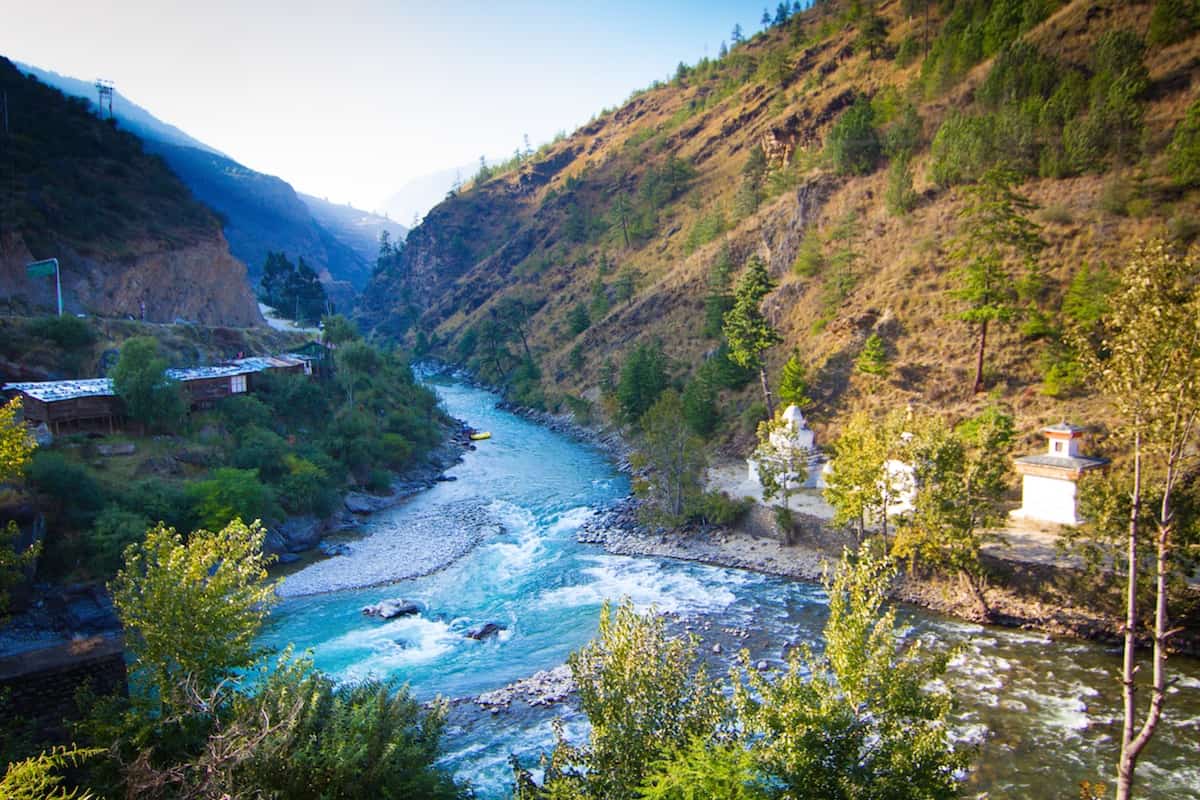
Renowned as one of the most significant rivers in western Bhutan, Paro Chhu winds its way through the Paro Valley, passing major towns and monasteries along its course. Spanned by traditional wooden bridges like Nyamai Zam, it offers a glimpse into Bhutan’s architectural heritage and natural beauty. With opportunities for kayaking and exploration, Paro Chhu provides a memorable experience for travelers seeking adventure and cultural discovery.
7. Tang Chhu:
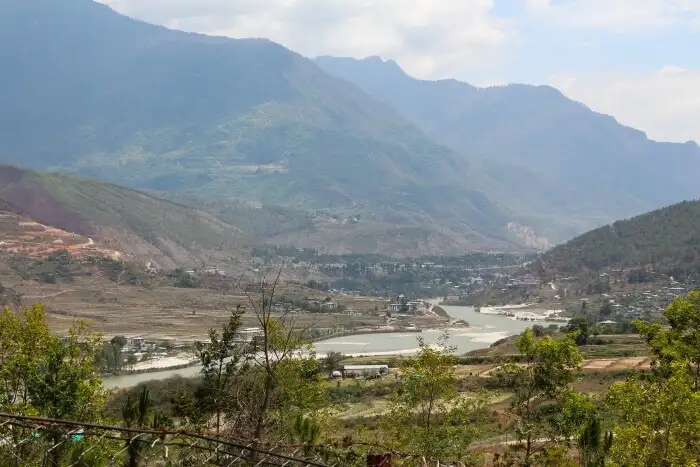
Serving as a tributary to Mo Chhu, Tang Chhu flows through western Bhutan, originating near Thowadra Gompa. Known for its scenic pool, the Burning Lake or Membartsho, it attracts visitors interested in outdoor activities like fishing and trekking. With its diverse ecosystems and cultural landmarks, Tang Chhu offers a multifaceted experience for travelers seeking both natural beauty and cultural heritage.
8. Manas River:

As the largest river system in Bhutan, the Manas River forms a transboundary waterway between southern Bhutan and India. Named after the serpent God Manasa in Hindu mythology, it supports rich biodiversity and diverse ecosystems, including the Manas Wildlife Sanctuary and the Royal Manas National Park. With its UNESCO World Heritage Site status and ecological significance, Manas River offers a unique opportunity for wildlife enthusiasts and nature lovers to explore Bhutan’s natural wonders.
9. Mangde Chhu:
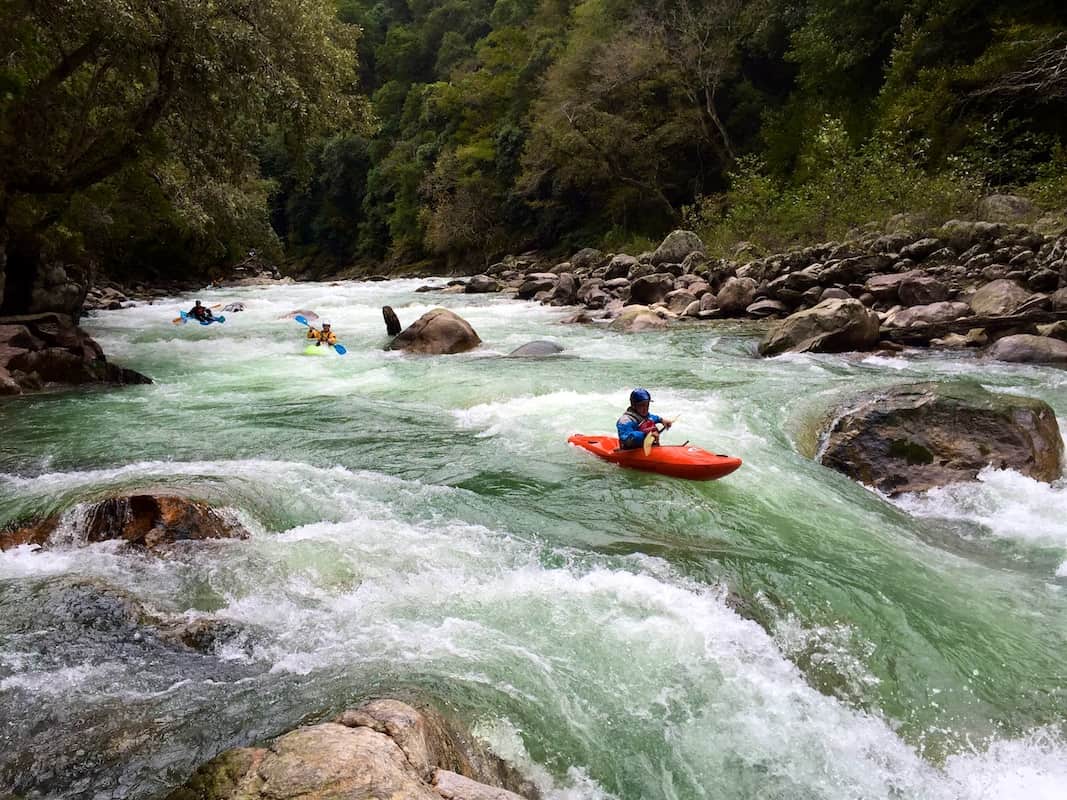
Flowing through central Bhutan, Mangde Chhu serves as a lifeline for communities along its course, providing water for irrigation and supporting agricultural livelihoods. Surrounded by picturesque landscapes and cultural landmarks, it showcases Bhutan’s traditional way of life and scenic beauty. With its role in sustaining local economies and ecosystems, Mangde Chhu offers a glimpse into the interconnectedness of nature and human society.
10. Mo Chhu:

Originating near the border between Bhutan and Tibet, the Mo Chhu, also known as Sankosh River, flows through the heart of Bhutan, joining the Pho Chhu near Punakha Dzong. Known for its sacred significance and cultural landmarks, including Buddhist shrines along its banks, Mo Chhu offers a spiritual journey through Bhutan’s cultural heritage. With opportunities for sightseeing and exploration, it provides a memorable experience for travelers seeking tranquility and cultural enrichment.
Each of these magnificent rivers in Bhutan offers a unique perspective on the country’s natural beauty, cultural heritage, and ecological significance. Whether exploring the rapids of Kuri Chhu or the tranquil waters of Paro Chhu, travelers are invited to embark on a journey of discovery and exploration through Bhutan’s breathtaking waterways.








